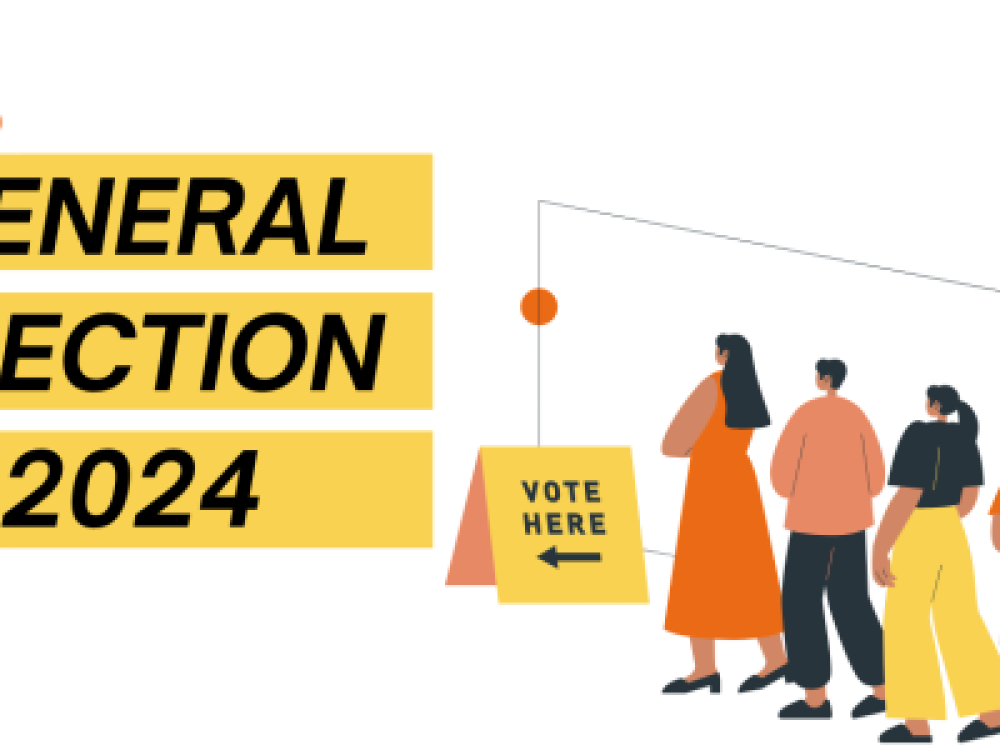Misinformation spread over social media has been a significant concern for government and medical officials over the course of the COVID-19 pandemic. The Irish government has been forced to clarify that widely circulated WhatsApp voice messages concerning martial law and extended lockdown measures were fraudulent, while the WHO has been engaging with social media platforms over the need to filter out false information. Despite these efforts, the struggle against COVID-19 misinformation is likely to continue for as long as the pandemic does. Sadly, there are few signs of any effective vaccines against falsehoods being developed. In the meantime, however, it is worth paying particular attention to certain social media platforms in detail.
TikTok is a video sharing app that has become remarkably popular in a short space of time, becoming the seventh most downloaded app of the last decade despite only emerging in 2018. Ireland has been no exception to this surge in popularity with the app gaining huge popularity among young people. Globally 41% of TikTok users are aged between 16 and 24, polling figures from the beginning of the year show that 6% of Irish people over 15 use the app, as do 35% of Irish children aged 8 to 12. While no figures have been compiled since the beginning of the lockdown, it is quite likely that the app has seen a further upsurge in Irish users as young people seek out alternative sources of entertainment and communication while enduring social distancing.
Figures from 2019 Digital News Report indicate that Irish young people may be susceptible to social media-spread misinformation with 43% of 18 to 24 year olds citing social media as their main news source, while 42% indicate a lack of engagement with politics. This came to a head last week when a TikTok post claiming the Taoiseach had announced that all Irish students would have to repeat their current year as a consequence of the lockdown received 78,000 likes. Analysis of youth behaviour on social media is fraught with risks, with older researchers and analysts tending to neglect to appreciate teenagers’ capacity for irony and playfulness. Nevertheless, it would be irresponsible to dismiss the potential impact of such posts. Whether misinformation’s source is in cyberwarfare or simple joking is immaterial when considering its impact on those who believe it.
Like
other social media platforms, TikTok derives its value from the unpaid labour
of its users in providing content and data. It would perhaps be overly
optimistic to assume that the platform’s administrators will be particularly
diligent in policing the accuracy of popular content – particularly given a recent report that TikTok
moderators had been advised to suppress videos of users deemed ‘unattractive’
in order to maintain the platform’s popularity. A report in December 2019 by Check Point Research, an
organisation that monitors cyber threats, raised questions over the security of
the app after uncovering some significant vulnerabilities with regard to
hackers accessing user data. TikTok addressed these concerns in light of the
report, but questions remain over how easily bad actors seeking to spread
misinformation can leverage the app’s vulnerabilities.





